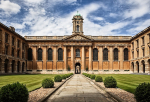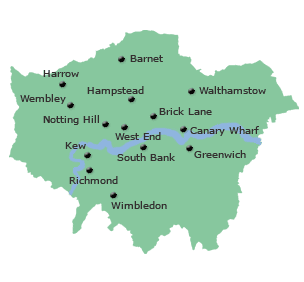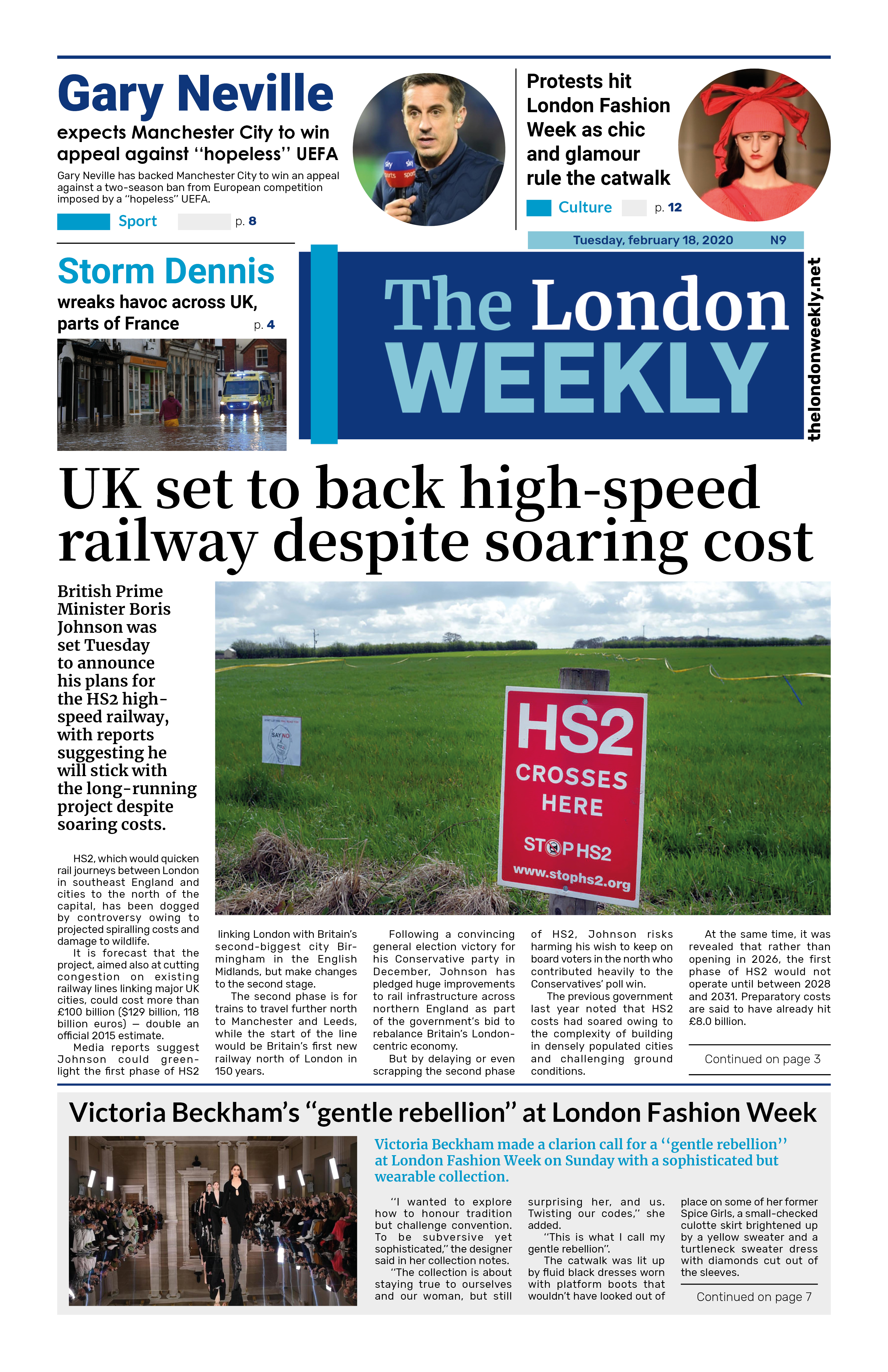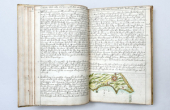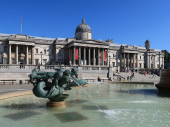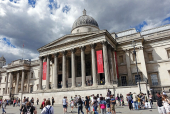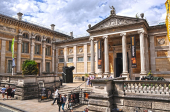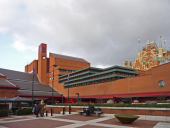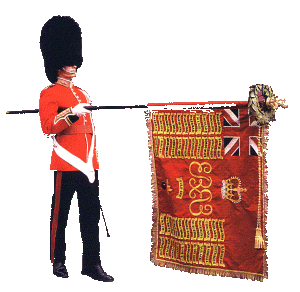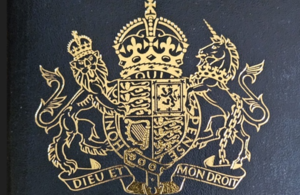
Starting this December, the first British passports featuring His Majesty King Charles III’s official Coat of Arms will begin rolling out, marking the start of a new
chapter in the passport’s design and history.
The updated design celebrates the heritage of all four nations of the United Kingdom, showcasing stunning images of UNESCO-protected natural landmarks: Ben Nevis in Scotland, the Lake District in England, Three Cliffs Bay in Wales, and the Giant’s Causeway in Northern Ireland.
Beyond the visual updates, this will also be the most secure British passport ever produced. It incorporates the latest anti-forgery innovations — including advanced holographic and translucent elements — making the document easier to authenticate and even harder to counterfeit or tamper with. These improvements are part of the government’s ongoing efforts to strengthen border security and prevent illegal entry into the UK.
Minister for Migration and Citizenship, Mike Tapp said: “The introduction of His Majesty’s Arms, iconic landscapes, and enhanced security features marks a new era in the history of the British passport.
It also demonstrates our commitment to outstanding public service – celebrating British heritage while ensuring our passports remain among the most secure and trusted in the world for years to come”.
This is the first completely new passport design since 2020. It follows a strong year for HM Passport Office, which continues to deliver high levels of service. In the first half of 2025 alone, more than 3.8 million passports were issued, with 99.7% of straightforward applications completed within three weeks — surpassing the official target of 98.5%.
Travellers are reminded to check their passport’s validity and renew well ahead of any planned trips. Passports issued under Queen Elizabeth II’s Coat of Arms remain fully valid until their expiry date.
The British passport has evolved continuously since the first modern version appeared in 1915. A watermark was introduced in 1972 as the first major security feature, and since then, numerous advanced protections — from intricate background patterns to ultraviolet markings — have been added to stay ahead of counterfeiters.
With this latest redesign, the UK passport continues its long tradition of combining innovation, heritage, and security.

















